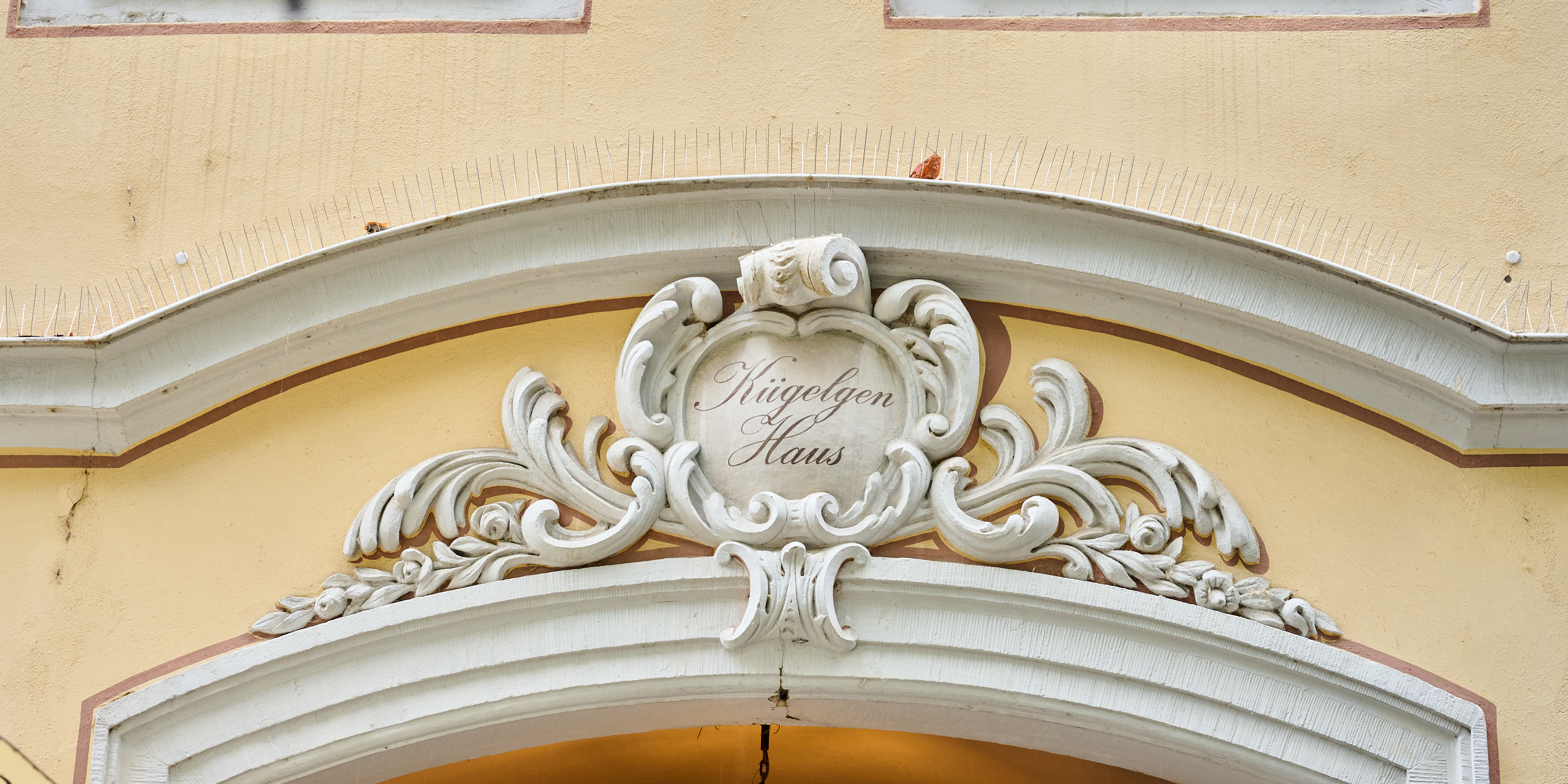
Kügelgenhaus – Museum of Dresden Romanticism
The Museum of Dresden Romanticism is located behind the façade of the late baroque Kügelgenhaus. Its permanent exhibition is dedicated to the period from 1790 to 1830. It is located in the former home of the painter Gerhard von Kügelgen and commemorates a heyday of the city's cultural life. Where the painter, his family, friends and artists once met to exchange ideas, guests can now take a stroll through Dresden during the Romantic period. They encounter painters, musicians and writers such as Caspar David Friedrich, Philipp Otto Runge, Johan Christian Clausen Dahl and Carl Gustav Carus, Carl Maria von Weber, Robert Schumann and Richard Wagner, Novalis, Ludwig Tieck, the Schlegel brothers, Heinrich von Kleist and E. T. A. Hoffmann.
Numerous events in the Kügelgenhaus bring Dresden Romanticism to life. Chamber music, readings and lectures in the former parlor of the von Kügelgen family recreate the salon culture of the 19th century. Educational programs enable children and young people to approach the world of ideas and the attitude to life of the Romantic period in a playful way.
We are part of the network of Museums in the City of Dresden.

Gerhard von Kügelgen
Gerhard von Kügelgen (1772 – 1820) was one of the most important portrait painters of his time. Born in Bacharach on the Rhine, study trips took him to Rome, Riga, Reval and St. Petersburg before he came to Dresden in 1805. In 1811 he became a member of the Dresden Academy of Art, where he taught history painting from 1814.
In 1808, Kügelgen and his family moved into the "Gottessegen" house in the heart of Dresden's baroque Neustadt district. He had his studio in the apartment, received clients and was a meeting place for artists and art connoisseurs. The family's circle of friends also included Caspar David Friedrich, who was little known at the time and is today probably the most important painter of German Romanticism. Carl Maria von Weber and Johann Wolfgang von Goethe were among the already famous guests.
Gerhard von Kügelgen fell victim to a robbery and murder on March 27, 1820 on his way from his vineyard house in Loschwitz to Dresden. The painter's son, Wilhelm von Kügelgen, recounts the family's life, many important events and anecdotes in his book "Jugenderinnerungen eines alten Mannes" (Memories of an Old Man's Youth).

The history of the house
The Kügelgenhaus is part of the ensemble of culturally and historically valuable town houses in Dresden's Baroque quarter that have been preserved from the time of Augustus the Strong.
It was built between 1697 and 1699 as a three-storey building, later extended and given a turret. Below the roof cornice is the inscription »Everything depends on God's blessing«, which is why the house has been called »God's blessing« for short since around 1730. During the redevelopment of the Neustädter Markt and Hauptstraße area between 1974 and 1980, the Kügelgenhaus was reconstructed. During the construction work, richly painted wooden ceilings from the end of the 17th century were found in the former Kügelgen apartment under stucco ceilings that were later installed.
Kügelgen's studio, redesigned after a contemporary painting by Georg Friedrich Kersting, and the historic wooden ceilings are special treasures in the preserved original rooms. Some objects from the Körner Museum, which was destroyed in 1945, and a series of portraits by the painter Anton Graff are also worth a visit.
























